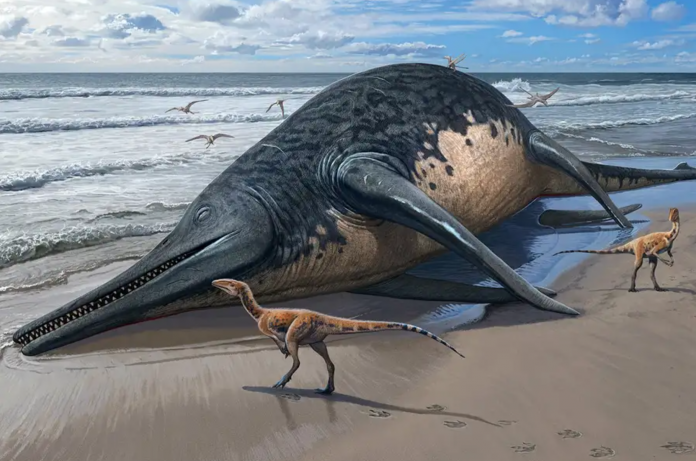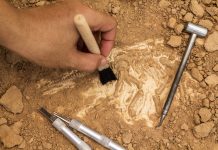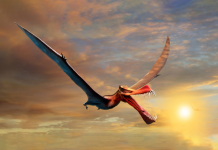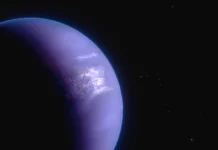A discovery has been made of what could be the largest marine reptile to ever have existed in ancient seas
This creature, estimated to have stretched over 25 meters in length, is a species of ichthyosaur named Ichthyotitan severnensis.
Discovering ancient artefacts on the beach
The discovery was made on a Somerset beach, UK, while fossil hunters were exploring the coastline for remains of prehistoric life. The BBC reported that in 2016, the first clue was found, a fossilised jawbone. After this discovery made by Paul De La Salle, he joined palaeontologist Dr Dean Lomax of the University of Bristol to discover the mysteries within this artefact.
In 2020, another jawbone was discovered, which further fuelled the efforts to understand this creature’s anatomy. The second discovery enabled researchers to estimate the size and identify the species of ichthyosaur, which they have named Ichthyotitan severnensis, or also the giant fish lizard of the Severn.
By piecing together these fossilised remnants, scientists were able to reconstruct the likely proportions of the creature, revealing that its length was similar to a blue whale.
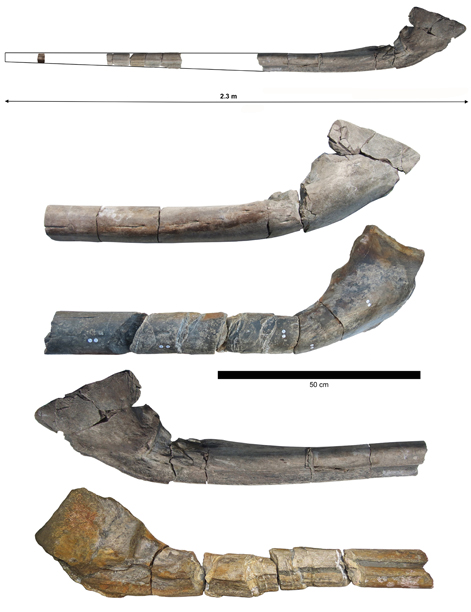
The history of the giant Ichthyotitan
The giant Ichthyotitan lived approximately 202 million years ago, coexisting with the dinosaurs before succumbing to mass extinction events, after that the Ichthyotitan species never reached the same size again.
This ancient creature, with its sleek, streamlined body and formidable presence, thrived in the ancient oceans, representing an extinct era of evolutionary mysteries.

A reminder of the creatures that once lived on our Earth
Although this discovery is a start to understanding the life of the Ichthyotitan severnensis, the is still a lot that needs to be discovered about the creature.
Scientists acknowledge that a lot of the creature’s story is still a mystery and they are awaiting further clues to fully understand the history. A complete skull and skeleton would provide vital insights into the lifestyle, behaviour and evolutionary significance.
This discovery opens us a pathway into our planet’s ancient past. Each fossilised relic serves as a reminder of the geological time and the creatures that once lived on our Earth.
In the meantime, the jawbone discovered will soon be put on public display at the Bristol Museum and Art Gallery.
Editor's Recommended Articles
-
Must Read >> Duckbilled dinosaur fossil discovered in Africa


